Using the Project Management Process to improve Your Project Success
Project Management Process vs. Project Management Lifecycle vs. Project Management Methodology
In fact, most of the “methodologies” in use are actually project management processes, which attempt to encapsulate and standardize the project management lifecycle. Typically, a “methodology” is at a much higher level, a more “strategic” definition of project management.
The project management process or lifecycle is a “tactical” view of the project management work – it defines not only “what” is to do; but also “how” you will accomplish the work.
This page discusses the project management process and lifecycle – the tactics of successfully completing your project.
Project Management Process
Typically, a project management process follows a flow similar to the “Plan-Do-Check-Act” cycle, defined by Shewhart and modified by Deming (from the ASQ Handbook, pages 13-14, 1999). Simply, the phases or steps of the PDCA cycle are linked together by results – the result of one step becomes the input to another.
A successful project management process must address the various phases of the project lifecycle. In some cases the work phases are arbitrary, based on organizational project practices. In all cases, the phases are well defined and the transition from one work phase to another typically involves the transfer of some sort of deliverable (a document, piece of software, invoice, bill of materials, report, etc.)
Alignment between project management processes and the project lifecycle is driven by project work, deliverables, and milestones. Although project lifecycle phases appear to be sequential, involving the exchange and approval of deliverables, the vast majority of all projects are actually highly iterative. Work phases of a project are defined by specific schedule milestones and deliverables, or Work Product.
Project management steps or phases of the project lifecycle are similar to those of most project management processes.
The project management process defines the following:
- What work needs to be accomplished in each project phase
- Who performs the work in each project phase
- When the deliverables are produced and delivered in each project phase
- Who is responsible for review and approval of each deliverable
- How the delivery, review and approval of each deliverable, as well as the work of each project phase, is monitored and controlled
- What criteria determines the conclusion of the project phase and the initiation of the next phase
- What is the deliverable acceptance criteria
- Which group is responsible for the deliverable requirements, review, and acceptance
Typically, the project management process includes the following project characteristics:
- Stakeholders have much more ability to influence the project (cost, deliverables, resources, and schedule) earlier in the project rather than later
- Project costs and resource levels begin low, peak during the middle phases (the Project Execution steps), and drop-off as the project nears closure
- Project risk and uncertainty are highest early in the project and will typically reduce as the project progresses – assuming it is on-schedule and on-budget
The project management process defined by the PMBOK®, from PMI, maps to the typical project lifecycle phases. Remember that all organizations apply the phases of the project lifecycle differently; and even differently for different projects. For example, one company may apply a single design phase while another might apply 2 or more design phases during a single project.
Throughout the pages of this website, I will assist you in bringing the application of the project management process to a tactical level.
I will also work with you to align the project management process phases to the project lifecycle phases within your organization.

Project Management Statistics & Performance
Poorly planned, mismanaged, undisciplined and poorly executed projects are doomed to failure...
So what else is new, right? Read on...
Some statistics I gathered look like this:
- if a project is in trouble within 15% into the project, the project will never recover and stay in trouble through completion (from a DOD study of over 700 projects).
- it almost always takes twice as long to complete a task as what we originally thought it would take (more a “true-ism” than a statistic).
- 70% of projects fail to deliver the benefits anticipated at the outset.
- a government study (GAO) showed that major projects were overrunning budgets by 75% on average and that the huge projects ($1B and over) were 14% over budget. Seven years later, these overruns were measured at 140% and 189% respectively.
- using the "80/20 Rule", we will typically accomplish 80% of our results using 20% of our resources. While the other 20% of additional results comes from using about 80% of our resources. (Again probably more of a truism.)
- over 90% of project failures are due to poor planning.
A 1998 Information Technology project survey (seems old, but is still quoted) of 203 participants indicated the following reasons for failure:
- 75% deadlines missed,
- 55% budget exceeded,
- 40% poor communications,
- 37% unmet project requirements.
The same survey indicated the following as project success factors:
- 51% meet milestone objectives,
- 32% maintain quality levels,
- 31% meet budget objectives.
According to most studies in this area, poor software implementation is due to bad or poorly articulated requirements. Many experts agree that 40-60 percent of software defects and failures are attributed to bad requirements.
Most who quote project management failure statistics are quoting, usually out of context, from a 1994 report by The Standish Group, called the CHAOS Report.
- The Standish Group has been producing and updating its research report since 1994. Their report on project performance, called The CHAOS Report of 1994 documented sobering statistics: 31.1 percent of projects cancelled, 52.7 percent "challenged" (completed over budget and/or behind schedule), and just 16.2 percent successful. An updated report, 2003 CHAOS Chronicles, shows a 50 percent improvement in project success rates.
Even though statistics may look gloomy, they are continually improving due to:
- Improved information sharing through web sites such as this
- Self-Discipline through industry associations, such as PMI and IPMA
- Improved practices through project management certifications and continuing education requirements
- Increasing discipline among company leaders, focused on projects as implementing change and ensuring that project meet ROI thresholds
All of these reasons, along with your search for the best information, tools, and coaching (by using this web site) means that project success rates will continue to increase – and we will all win.

PMBOK® - Project Management Body of Knowledge
The Project Management discipline mentioned above is embodied in the various, proven project management processes, such as PMI's PMBOK® (Project Management Body of Knowledge) and the OGC's PRINCE2®.
Typically, these are often called “methodologies” and they play a dual role. They provide tactical tools and guidance for you as a Project Manager and for your Project Team Members to effectively and successfully manage projects to conclusion.
Although I have worked projects in the UK (in England) which used PRINCE® and PRINCE2®, I am most familiar with PMI’s PMBOK®. Although less a project management process than PRINCE2, PMBOK® provides high-level structure through its project lifecycle, called Project Process Groups.
Project Initiation – Project Planning – Project Execution – Monitoring & Control – Project Closure
PMBOK® also weaves in 9 “Project Management Knowledge Areas”:
- Project Integration Management
- Project Scope Management
- Project Time Management
- Project Cost Management
- Project Quality Management
- Project Human Resource Management
- Project Communications Management
- Project Risk Management
- Project Procurement Management
PMBOK® further defines the Inputs and Outputs for each individual project management process within each of the 5 Process Groups. There is enough detail within all of the 44 project management process, grouped under the 5 process groups, to provide specific tactical project management steps, tools and templates.

As stated in the PMBOK® Guide (6th Edition), for your project to be successful, you must work with your team to:
Although you follow the PMBOK® and have adapted those project management processes to your project, your project’s success is meaningful only when it encompasses:
- the degree to which the technical goals were achieved on time and within budget
- the contribution that the project makes to achieving the strategic mission of the enterprise or customer.
(I will discuss the PMBOK® and how it can benefit your project on a subsequent pages.)
Project Quality Management
Project Quality Management is an extensive subject area that I will begin to explore on this page and continue provide additional, more detailed pages of discussion and examples.
Project Quality Management is one of the nine PMBOK® Project Management Knowledge Areas, which align with the five project management process phases.
PMBOK® defines “Project Quality Management” as:
- ”… all of the activities of the performing organization that
determine quality policies, objectives, and responsibilities so that the
project will satisfy the needs for which it was undertaken. It
implements the quality management system through the policy, procedures,
and processes of quality planning, quality assurance, and quality
control, with continuous process improvement activities conducted
throughout, as appropriate.”
As you can see from the definition, the PMBOK® provides a somewhat “basic” and “general” approach to project quality management. According to the PMBOK® Guide, this is done on purpose to allow for compatibility with the various approaches to quality, as might be implemented within your organization or your client’s organization.
The PMBOK® approach is compatible with ISO, TQM, Six Sigma, Cost of Quality (COQ), Continuous Improvement and others. It also is compatible with approaches espoused by Deming, Juran, Crosby, and others in this field.
On the other hand, PRINCE2® is an “open” method, meaning no license fees. It is sponsored by the UK government's Office of Government Commerce (OGC) and recognized as a best practice project management process.
A basic difference, among others, is that PMBOK® is customer requirements driven, such as in delivering customized software, while PRINCE2® is business case driven, such as in building a software product.
The layout of PRINCE2® is comparable to PMBOK® and the two are in close alignment in many areas. One of these is Project Quality Management, with the difference that PRINCE2® provides a more tactical, process-based approach than PMBOK®.
PRINCE2’s approach to project quality management consists of:
- Clear quality management points (esp. Quality Control), and Quality Assurance roles and responsibilities
- Defined and orderly handling of Work Packages (Managing Product Delivery)
- A fit with the ISO 9000 Quality Management System and consistent with CMM Level 5, though rarely considered as a "quality tool"
- Specifies one type of Quality Control (work product focused)
- Used for documentation, websites, and other text-oriented deliverables
- Consensus on completion and scope verification
- Provides clear, tactical guidance on how-to implement quality management
There are definite synergies between the two project management processes – PMBOK® and PRINCE2®. PMBOK® provides structure, depth, and techniques which are adaptable to all project situations. While PRINCE2® provides complimentary techniques and project guidance in areas of Organization (such as establishing “Project Board” governance), Product-Based Planning (a focus on the product produced), Product Descriptions, Quality Review, Configuration Management, Change Control, and Work Packages (definition, review, and approval processes).
The basis of solid Project Quality Management is the discipline of your project management process and the rigor with which you apply it, as the Project Manager. Always remember, you as the PM must comply with your organization’s (or your customer’s) quality policies and procedures.
(Does your organization have an enterprise-wide quality initiative?)
Finally, you must be rigorous and consistent in your application of your Project Quality Management Plan (which is an important component of your overall Project Management Plan.

(I will address the above topics in more detail throughout this web site, as we continue to define project management.)
Project Management Body of Knowledge
Apply the Project Management Body of Knowledge for consistent project success!
Project Management Process & Lifecycle
Using the Project Management process and the lifecycle of projects to ensure your project’s success
Practical Project Management Tools & Resources
Your source for useful project management tools and implementable resources and information
Project Management Career Opportunities
Project Management career opportunities and certification information and recommendations
Project Management Information - Questions & Requests
Request Project Management information to improve your techniques - submit your questions and requests for information here
Return to the Mastering Project Management Home Page from this Project Management Process page.

RECOMMENDED .. With Your Project Management SUCCESS in Mind!
A Guide to the Project Management Body of KnowledgeExtreme Project Management
Facilitating the Project Lifecycle
Juran's Quality Essentials : For Leaders
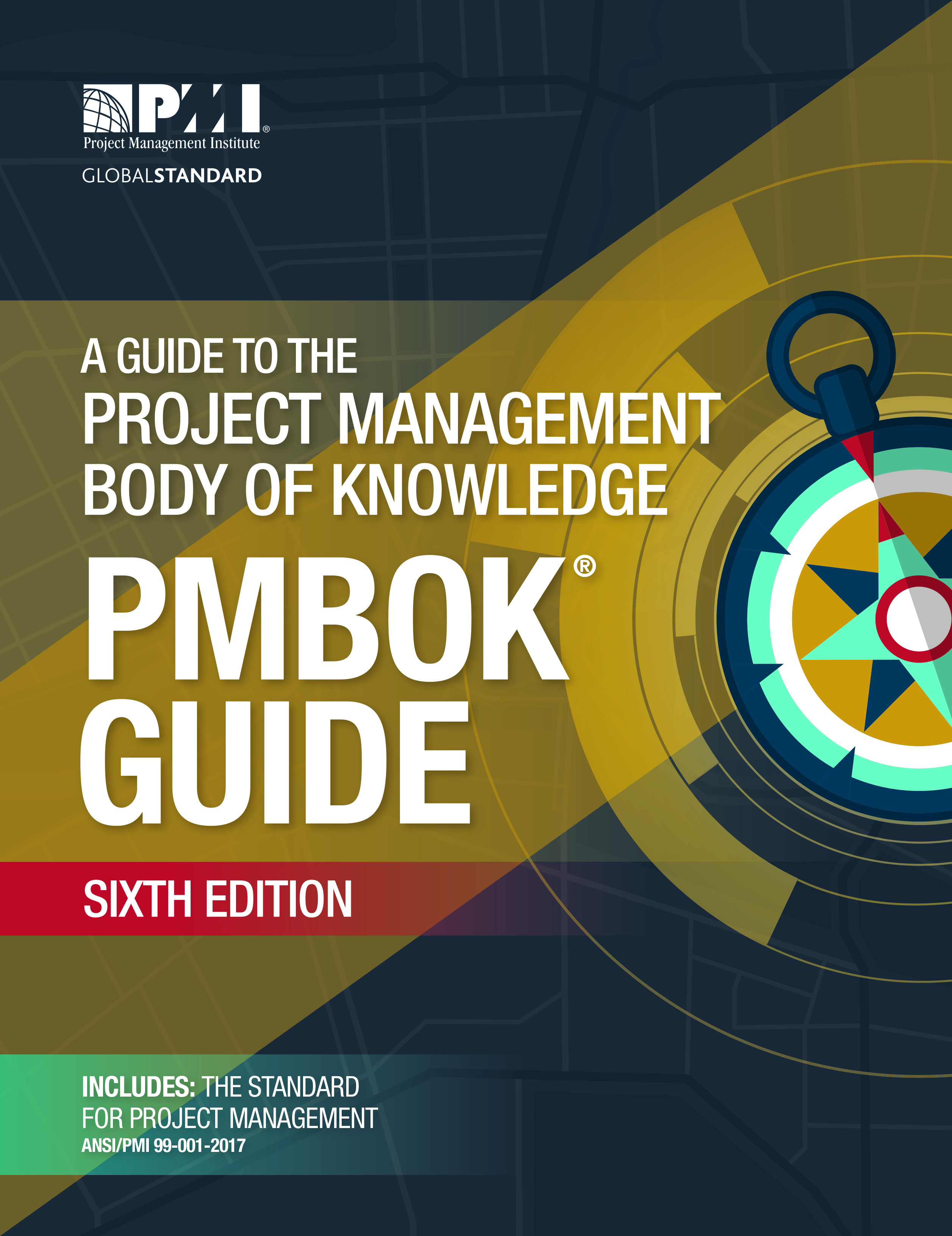
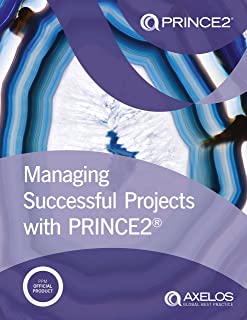
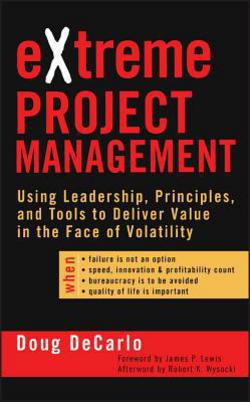
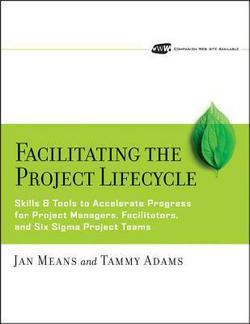
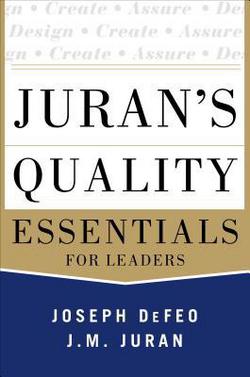

New! Comments
Have your say about what you just read! Leave me a comment in the box below.